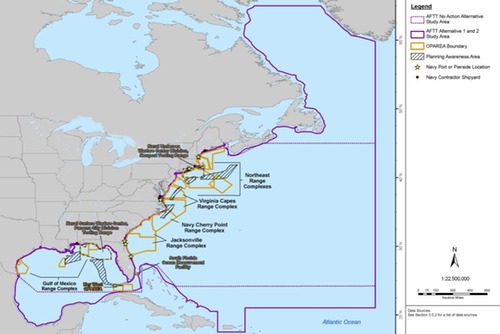A new documentary from the CBC’s Doczone series, titled Windrush, takes a look at the widespread resistance to wind power in Ontario, which is largely based on noise and health impacts. While the CBC video is only viewable in Canada, a regional organization opposing industrial wind has posted a version on YouTube (it’s 42 minutes long and ends a bit abruptly; it’s unclear whether it’s abbreviated, or simply missing the end credits).
This is a fairly balanced program, especially in highlighting the differences between building wind farms in the wide-open spaces of Alberta and the more densely populated rural areas of Ontario. While it gives a lot of screen time to researchers and public officials who are studying the negative responses of many neighbors to nearby turbines, it’s useful and important to hear these sober and measured voices of concern. The conventional wisdom, as reflected in the MOE health effects report, is also presented, though more as a context within which the program attempts to explore the persistent claims that living near turbines can be more difficult than these reassuring assessments suggest.
At times, the time constraints of the program lead to unfortunately abbreviated presentation of some key issues. Grid integration issues are greatly simplified and distorted, leaving the impression that wind farms are inherently incapable of “playing nicely” with the rest of our energy generation system; the minute or two spent on this issue would have been better left on the cutting room floor, as it presents little more than a cartoon version of an important and over-hyped element of the story. The treatment of low-frequency noise and infrasound is fleshed out a bit more, though some of the material would have benefitted from a bit more context, especially in areas where the science is still emerging and isn’t yet totally settled. Finally, as local health official Hazel Lynn discusses the health effects being reported, she makes a comment that flits by so quickly that viewers may miss this crucial bit of context: while noting consistent symptoms being reported by people in many areas, Lynn stresses that these impacts are important even if they are only affecting 5-10% of the population that is more susceptible. The rest of the program may leave the impression that severe impacts are being felt by most or all of the residents in these towns. (The question of what proportion of residents are negatively affected by turbine noise remains woefully under-studied. Clearly there are many places where 20-50% of nearby residents dislike the turbines, most commonly due to some degree of sleep disruption, but this number is itself reflective of just a handful of actual surveys; we have no concrete sense of what proportion of people around most wind farms are either annoyed or experiencing chronic health effects. Still, as Lynn suggests, for many, the question of “how many” is secondary to the need to address the fact that the noise does affect some.)
Perhaps the most powerful element of the program is the aerial photography of wind farm areas, which give a compelling sense of the scale of the turbines as compared to the homes, as well as the vast landscape impacts, leaving many homes surrounded by turbines. The segments filmed in Denmark are valuable as well; these reflect the growth of turbines from the 660kW machines common there, to the newer 3MW giants that are causing far more pushback, in both Canada and Denmark. It also feels very valuable to hear and see some of the people who’ve been so widely cited about their concerns, including Lynn, Michael Nissenbaum, otologist Alec Salt, and acoustician Henrik Moller. Too often, the basic human empathy and spirit of inquiry that fuels their work is obscured by the crassly dismissive near-vilification of these researchers by supporters of the industry (and also, to a lesser degree, by the hyperbole of some industrial wind opponents). And, throughout the program, retired nurse Norma Schmidt, who eventually moved out of her house, is a calm and compelling voice for the experiences of neighbors who have been affected. I heartily encourage anyone involved with wind farm issues to watch the film.
For more, see the CBC Doczone’s Windrush web page, which includes a Director’s Statement, graphics, and several related stories. And, here’s an article from The Observer about the film.

